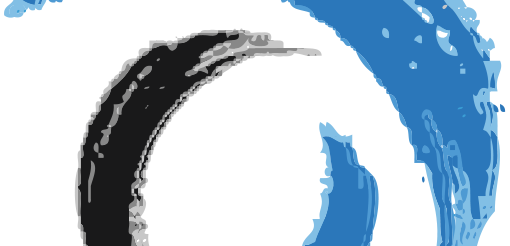A New Era of Innovation – Inovo

An undercurrent of change is happening in the innovation landscape. This undercurrent presages what will be the next era in innovation – an era of complexity and evolution. Looking at the history of innovation, one can observe the evolution of the discipline as occurring in several distinct eras. These new eras emerge when the forces behind change and the knowledge of how to address the change cause a rapid realignment of the approaches, methods, tools, processes (i.e. the discipline) of innovation. Here is a look at past eras and a few of the key influencers who helped define and shape it.
– 10’s
The force behind the emergence of these eras is the unrelenting pace of both technology creation and changing customer wants – what can be described, respectively, as the Design Space and the Demand Space. The change in both spaces is accelerating, as it has been for decades, and this causes a constant searching for new ways to deal with the changes. Technologies are evolving, customers are evolving, each feeds on the other and each accelerates the change in the other. This, in turn, causes companies and individuals to adopt and adapt to new means to innovate.
You see these undercurrents of change when Brian Arthur and Kevin Kelley talk about technology evolution. You see it when Roger Martin and Alexander Osterwalder talk about business model evolution. You see it when Warren Burger and Tim Brown discuss design and design thinking and when people like Dan Aierly explore the workings of human irrationality or when Thaler and Susskind discuss how we are influenced. You see it when Michael Schrage posts an article on the top six innovation ideas of 2011 and when Paul Romer talks about changing our rules. It is happening all around and it is happening quickly.
The dynamics of change in innovation are everywhere. No longer is ‘Open Innovation’ sufficient, no longer do ‘Voice of the Customer’ tools make you distinctive. Something new is needed to deal with the exponentially accelerating complexity that is driving organizational adaptation, the type of adaptation that is resulting in networked organizations, porous boundaries, and changing community dynamics.
Organizational adaptation requires new approaches. This is why a new Innovation Framework is needed, not just to respond to accelerating complexity but to cause it. A framework outlines possible courses of action and presents a preferred approach to these new dynamics. A framework connects all aspects of inquiry and knowledge development (e.g., problem definition, purpose, research, methodology, analysis etc.) and acts like a map that gives coherence to multiple, diverse actions.
The most innovative companies are already starting to re-imagine and reconfigure their front-end in these ways. They are doing this to not only manage the accelerating complexity of the demand and design spaces, but to themselves be part of the acceleration because they realize that this is how you thrive in the new era.
